In May, the scientific world was stunned to learn that the fragments of this cometary object would in fact strike the giant planet during the week of July 16, 1994. The innumerable impact of asteroids and comets was known to be responsible for the thousands of craters on the Moon and other planets (including those few craters remaining on Earth), but this was going to be the first time we would witness an impact collision of two planetary bodies as it occurred. More than a hundred scientists, including the two authors of this piece, met to discuss the comet and its pending impact and plan observations. One such meeting was the "Comet Pre-Crash Bash" held in Tucson, Arizona, in August 1993. A revolution was taking place in planetary science.
The discovery of SL-9 and its subsequent impact into the giant planet Jupiter in July 1994, a little over a year later, occurred during a rather remarkable period in space exploration history. Voyager had just finished its glorious tour of the four giant outer planets with its daring flyby of Neptune and its large moon Triton in 1989. Voyager's tour was a revolution of its own, with the first discoveries of geologically active worlds among the moons of the outer solar system. Also anticipated in 1993 was the Mars Observer global mapping mission in the first return to the Red Planet since the Viking landers almost 20 years before (the mission failed but was replaced by the successful Mars Global Surveyor in 1997), and the impending arrival of the Galileo probe at Jupiter, then in interplanetary cruise. What we did not expect after Voyager was a fundamental redefinition of the solar system.
Several major discoveries occurred in rapid succession beginning in 1991. First came the discovery of a large impact crater buried under sedimentary rock on the Yucatán Peninsula and linked to the extinction of dinosaurs and most life on Earth 66 million years ago. This ~180-kilometer-wide geologic scar would be named Chicxulub, "tail of the devil," and was a classic case of a "smoking gun," linking large impacts of the type seen on the Moon with catastrophic effects here on Earth. Evidence for such an event had been found in metal-rich deposits scattered across the globe, but this was the first evidence for the actual impact site itself, confirming the role of this and possibly other large impacts in the evolution of life in Earth.
Only a year later, in 1992, the discovery by Luu and Jewitt of the first object beyond the orbit of Neptune since the discovery of Pluto back in 1930 demonstrated that the region beyond the furthest gas giant planet is indeed likely to be populated by many small icy and rocky objects. Discovery of more Kuiper belt objects followed within months, confirming the existence of this hypothesized zone, a major component of our solar system, and vastly expanding its known limits. Pluto remains the largest of these objects, but it would take another 20 years before we got our first close look at any of them, with New Horizons at Pluto in 2015.
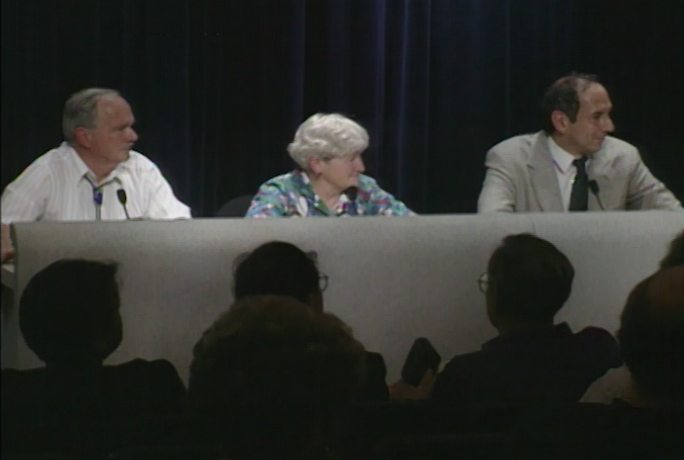
Those surveys need to be supplemented with data from other groundbased or spacebased platforms to identify near-Earth objects in the part of space not currently observable from Earth. Once complete, those surveys will identify potentially hazardous objects in the asteroid-related population. However, cometary objects in the outer solar system, some of which may never have entered the inner solar system before, will remain a largely uncharacterized threat. Interested readers can track the surveys' progress using a JPL website (https://cneos.jpl.nasa.gov/stats/).
While some of these surveys were spurred by the SL-9 impact, it is now understood that most impact cratering events on Earth are produced by asteroids. As the Chelyabinsk air burst illustrated (see the May 2013 LPIB issue at https://www.lpi.usra.edu/publications/newsletters/lpib/lpib133.pdf), hazardous impacts can occur with frequencies commensurate with a human lifetime. This event occurred in 2013 when a small object entered and broke up high in the atmosphere over Siberia, not far from the location of the 1908 Siberian Tunguska airburst. The monitoring of smaller, more frequent NEO bolides into the atmosphere, in the form of fireballs, is reported by U.S. government sensors (https://cneos.jpl.nasa.gov/fireballs/).
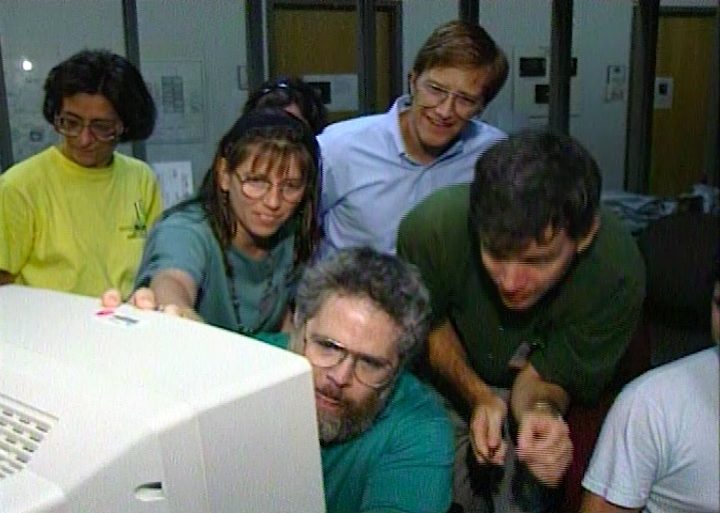
Second, the Internet had just been opened up to the public, and the comet's discovery and subsequent impacts into Jupiter in 1993-1994 was the first major global event covered on the new World Wide Web (WWW). NASA generated a website at the Jet Propulsion Laboratory (JPL) for the dissemination of data. During the week of the impacts, the SL-9 home page was accessed 1.1 million times, making it the most accessed home page in the world up to that time. By March 1996, that site was accessed more than 7 million times; these were extraordinary numbers at that time, and all those views helped share the wonder of a planetary system in action.
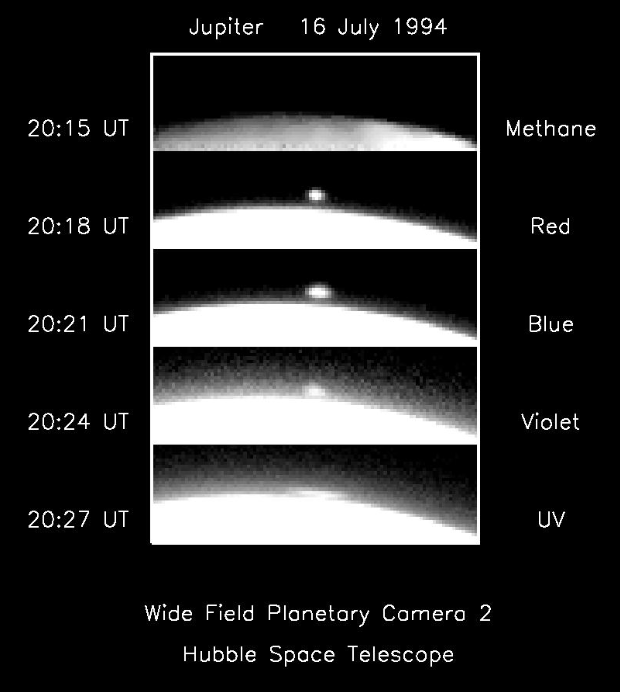
There were many predictions for what we might see, with the biggest unknowns being the sizes and masses of each fragment. It turned out that most of the fragments were less than 1 kilometer in size and consisted of tightly packed clusters of loose debris. The impact velocities were predicted to be ~60 kilometers per second, however, so we could be sure there was plenty of energy for each impact.
Many of us went to our closest observatories on July 16 to hopefully see the impact of the first object, fragment A (the 25 or so fragments were named A through W), but were disappointed to not see a flash or scar of any kind. Meanwhile, observatories from Spain to South Africa were making their first observations and reporting the detection of a major fireball. We were all astonished the next morning, however, to see on the Internet that the HST, fulfilling the promises of its makers, had indeed witnessed and imaged a large fireball erupting out of the shadow of the nighttime Jupiter, up into sunlight far above the limb of the planet. The impact debris formed a giant plume of hot gas and debris expanding above the cloud tops of the giant planet, leaving a dark circular scar the size of planet Earth as it collapsed down onto the cloud tops. Videos of the press conferences from the week can be found at https://svs.gsfc.nasa.gov/11822.
Many people, including both professional and amateur astronomers, contributed to the observing campaign in 1993-1994 and subsequent data analysis (indeed, quite a few books were published detailing these events). By the end of the week, the entire southern hemisphere of Jupiter was populated by large dark clouds, residual effects of the preceding impact events. These scars were visible from Earth and were monitored by amateur astronomers around the globe for several months afterward, contributing greatly to our understanding of chemical and meteorological processes in Jupiter's atmosphere.
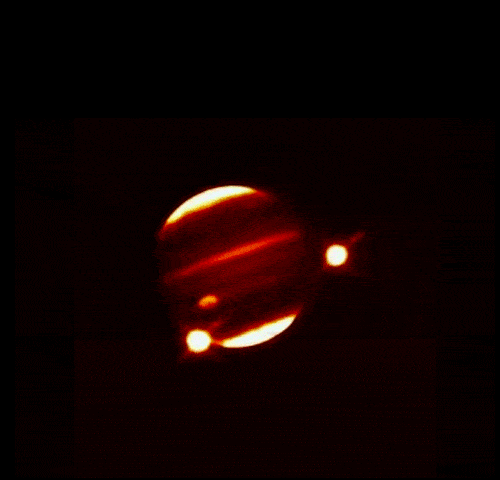
The impacts into Jupiter were also a test of how well our models did at predicting the effects of large impact events. Since this was an impact into a very deep atmosphere, rather than a rocky surface, the calculations were relatively simple and relatively accurate. One surprise was that the fireball and eruption cloud that followed did not bring up much water from deep inside Jupiter. This turned out to be related to the incoherent or rubbly nature of the incoming projectiles, which broke apart very quickly high in Jupiter's atmosphere. Thus they did not penetrate very deeply into the watery cloud decks below.
The observations also caused the community to reassess the effects of impacts on Earth. The phenomena of a ballistic vapor-rich plume caused Mark Boslough and David Crawford to reassess impact events, particularly airburst events like Tunguska, a phenomena seen again in modified form during the Chelyabinsk airburst of 2013 (see the May 2013 LPIB issue at https://www.lpi.usra.edu/publications/newsletters/lpib/lpib133.pdf). Also observed were plumes of sulfur following the SL-9 impact on Jupiter. Although a portion of that sulfur may have been dredged up from the atmosphere, David Kring, Jay Melosh, and Don Hunten realized that impacting asteroids (sometimes with more than 5% sulfur) and comets could deliver significant amounts of sulfur to Earth's atmosphere, producing climate-altering sulfuric-acid aerosols. Asteroids as small as 300 meters across could produce global effects and larger impacting objects could depress global average temperatures by 2°C for more than three years.
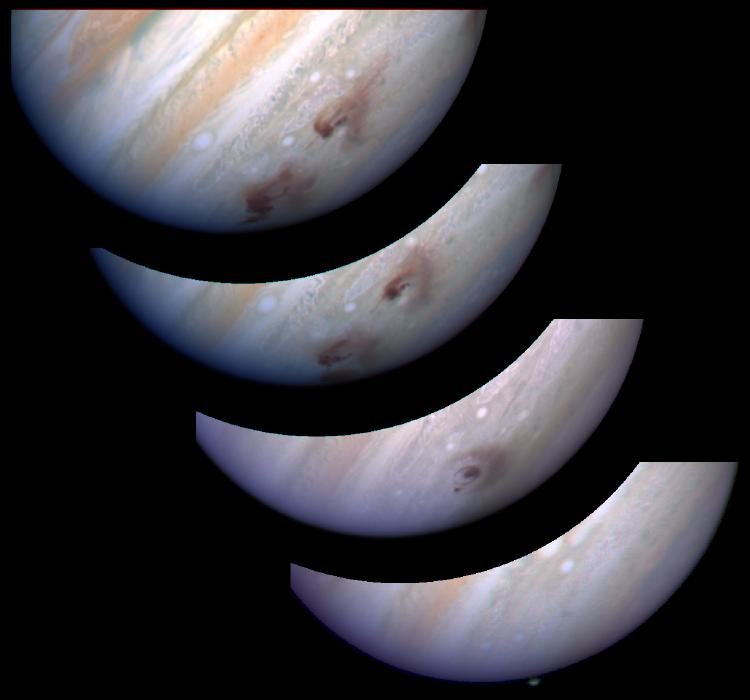
As for the discoverers of SL-9, Gene Shoemaker passed away just six years later in an accident in the Australian desert, doing what he loved best, searching for ancient impact scars on our own home planet. Carolyn Shoemaker retains her life-long interest in NEOs, even though she is no longer able to continue her observing. David Levy is still actively studying the skies, looking for other heavenly bodies that are still waiting to be discovered.




Oh?
Don't tempt me....